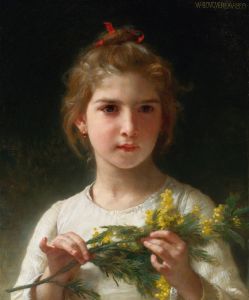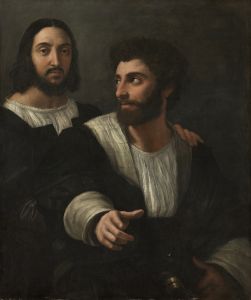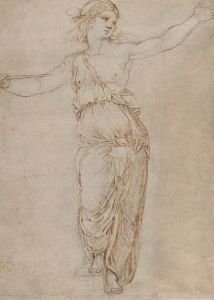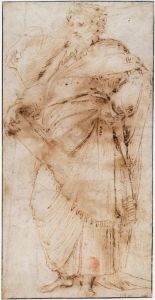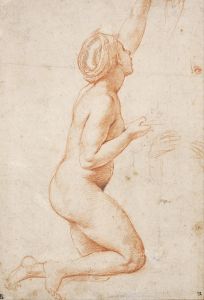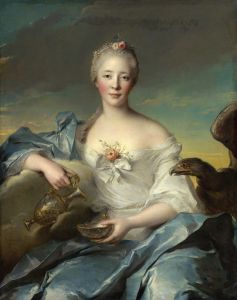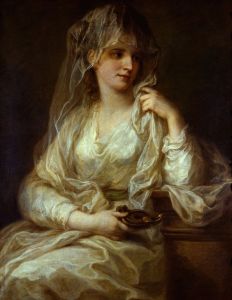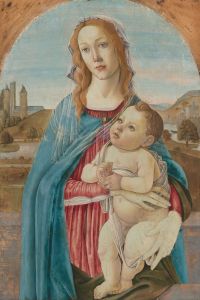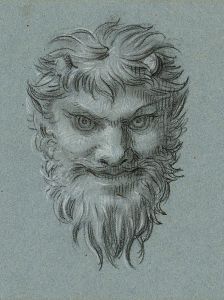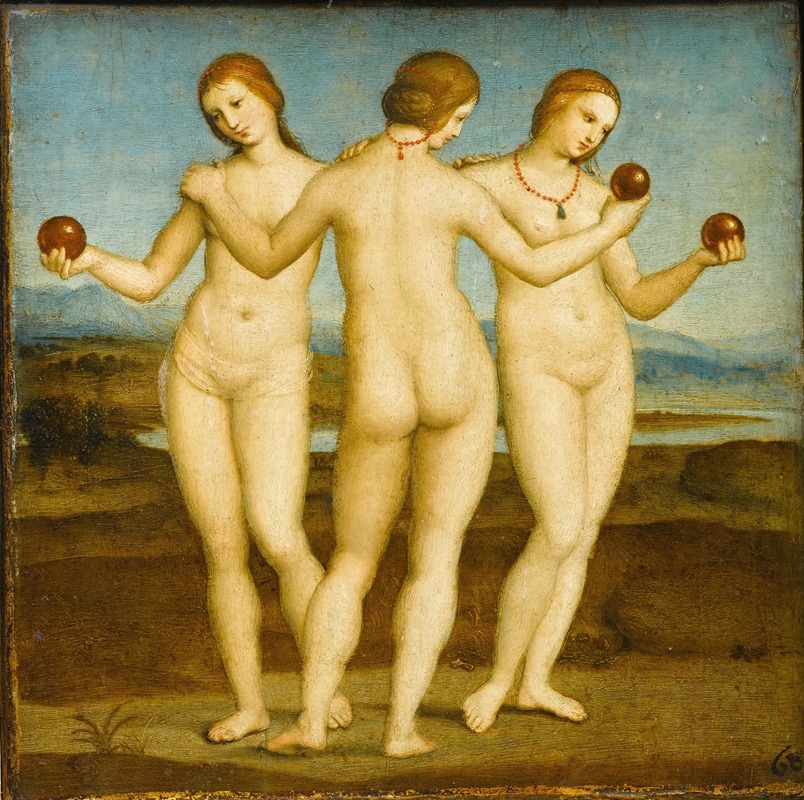
The Three Graces
A hand-painted replica of Raphael’s masterpiece The Three Graces, meticulously crafted by professional artists to capture the true essence of the original. Each piece is created with museum-quality canvas and rare mineral pigments, carefully painted by experienced artists with delicate brushstrokes and rich, layered colors to perfectly recreate the texture of the original artwork. Unlike machine-printed reproductions, this hand-painted version brings the painting to life, infused with the artist’s emotions and skill in every stroke. Whether for personal collection or home decoration, it instantly elevates the artistic atmosphere of any space.
The Three Graces by Raphael
The Three Graces is a small painting by the Italian Renaissance artist Raphael, created around 1504–1505. It is an oil on panel work that depicts the mythological figures of the Three Graces, who were considered goddesses of charm, beauty, and creativity in Greek and Roman mythology. The painting is currently housed in the Musée Condé in Chantilly, France.
The composition features three nude female figures standing closely together, holding small golden apples. The figures are arranged in a harmonious and balanced pose, with the central figure facing forward and the two flanking figures turned slightly outward. This arrangement creates a sense of unity and rhythm, which is characteristic of Raphael's early style. The figures are depicted with soft, idealized forms, reflecting the influence of classical antiquity and the artistic ideals of the Renaissance.
The subject of the Three Graces was a popular theme in Renaissance art, often symbolizing the virtues of beauty, joy, and abundance. Raphael's interpretation of the theme is notable for its delicate execution and the subtle interplay of light and shadow, which enhance the figures' three-dimensionality. The golden apples held by the Graces are often associated with the mythological story of the Judgment of Paris, though Raphael does not explicitly reference this narrative in the painting.
Art historians believe that The Three Graces was created during Raphael's early career, while he was still under the influence of his teacher, Pietro Perugino. The painting demonstrates Raphael's developing mastery of anatomy, composition, and the use of color. It also reflects his interest in classical themes and his ability to reinterpret them with a fresh and personal approach.
The provenance of the painting is not fully documented, but it eventually became part of the collection of the Musée Condé. It remains an important example of Raphael's early work and a testament to his skill in blending classical inspiration with Renaissance ideals.





